16 Fruits and Vegetables That Store Well from a Fall Harvest
Fall harvests offer a bounty of fruits and vegetables that can be stored for months, allowing you to enjoy fresh produce long after the season ends. With the right storage methods, many of these items can last well into winter. Whether you’re a gardener or someone who loves to shop at farmers’ markets, knowing how to store fall harvests can make a big difference in extending their shelf life. From hearty root vegetables to crisp fruits, each item requires specific conditions to stay fresh.
This post may contain affiliate links, which helps keep this content free. Please read our disclosure for more info.
Apples
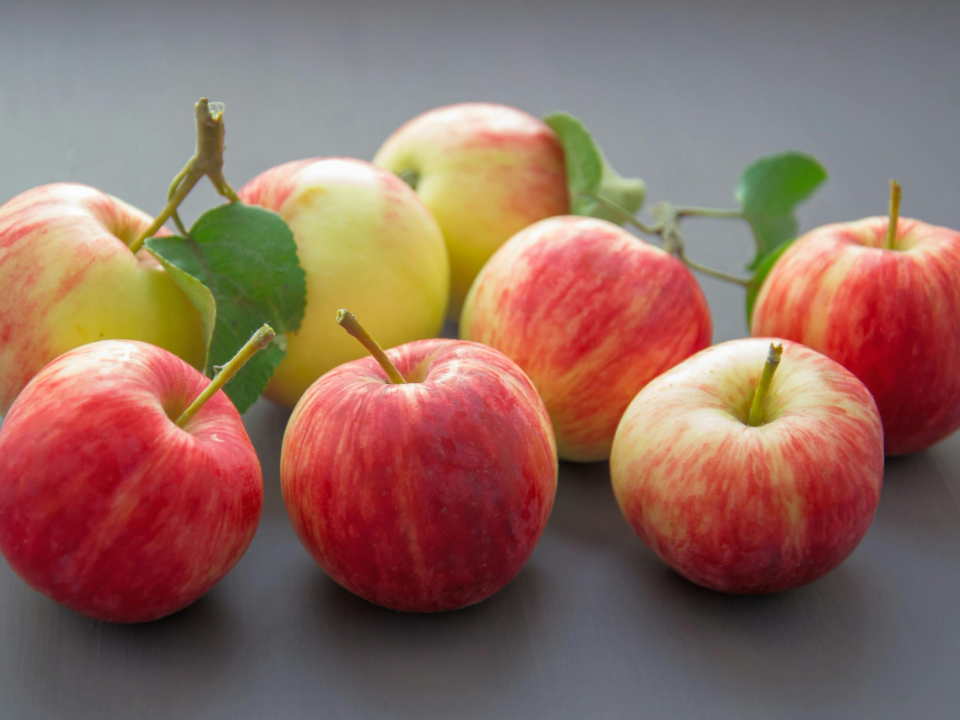
Apples are a fall staple and one of the easiest fruits to store for the long term. They can be kept in a cool, dry place, such as a root cellar, for several months. Their crisp texture and natural sweetness make them a perfect choice for everything from pies to cider. They should be stored in a well-ventilated area, preferably in a wooden crate or mesh bag to avoid moisture buildup that could cause rot.
To keep apples fresh for a longer period, check them regularly for bruising or soft spots. If you find any damaged apples, remove them from the storage area to prevent them from affecting the rest. Varieties like Fuji, Gala, and Granny Smith are particularly well-suited for storage, holding their flavor and texture for months when kept under the right conditions.
Carrots
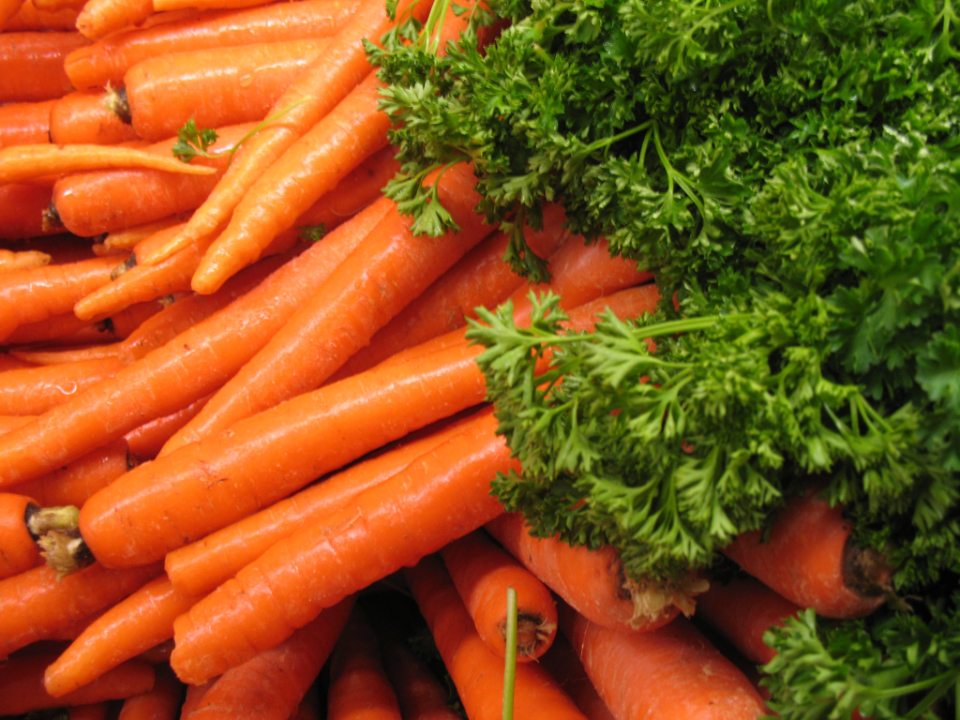
Carrots are another vegetable that can be stored from the fall harvest with ease. When properly prepared, they can last for several months in a cool, dark space. After harvesting, cut off the tops to prevent them from drawing moisture away from the roots. Storing them in sand or sawdust can help keep them fresh longer by preventing the roots from drying out.
Carrots should be kept in a well-ventilated container to avoid any buildup of moisture, which can lead to rot. A root cellar or basement provides an ideal environment for this root vegetable, maintaining a constant temperature and humidity level. This helps carrots retain their natural sweetness, allowing them to be enjoyed long after the harvest season.
Pumpkins
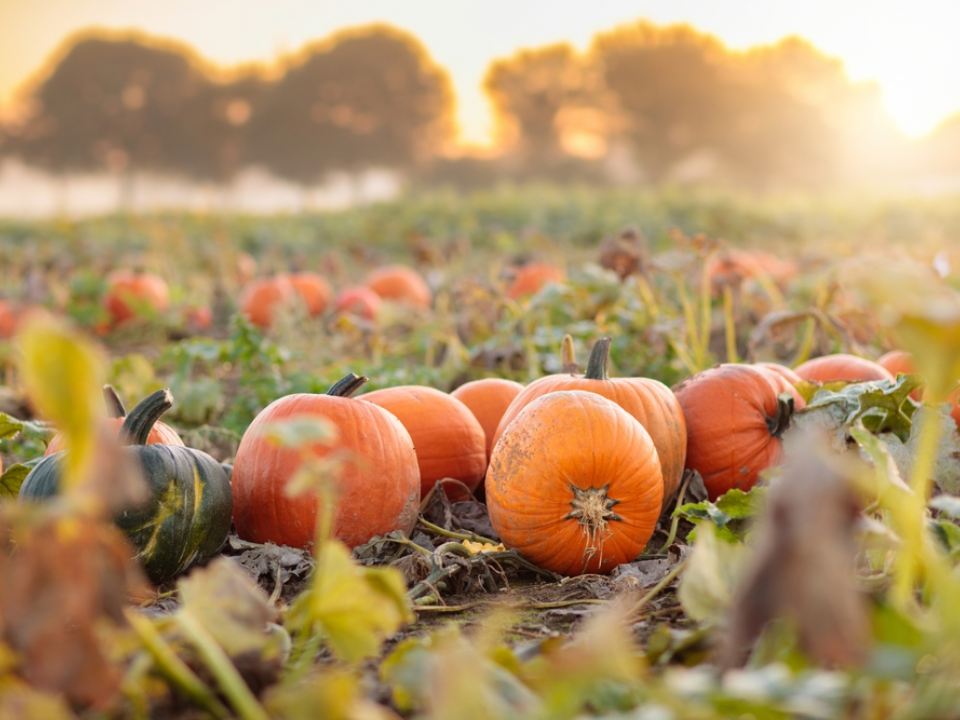
Pumpkins are incredibly versatile and can last well into the winter months when stored correctly. They require a cool, dry place with good airflow to maintain their shape and prevent mold. Avoid stacking them, as this can lead to bruising and make them more susceptible to rotting. Instead, place them on a flat surface with a little space between each pumpkin to ensure even air circulation.
The hard shell of pumpkins helps preserve their flesh for a long time, making them perfect for storage after a fall harvest. Varieties such as Cinderella and Sugar Pie are particularly hardy and can maintain their flavor and texture for months. Check them periodically for any signs of decay, and use them before they become soft or show signs of mold.
Sweet Potatoes
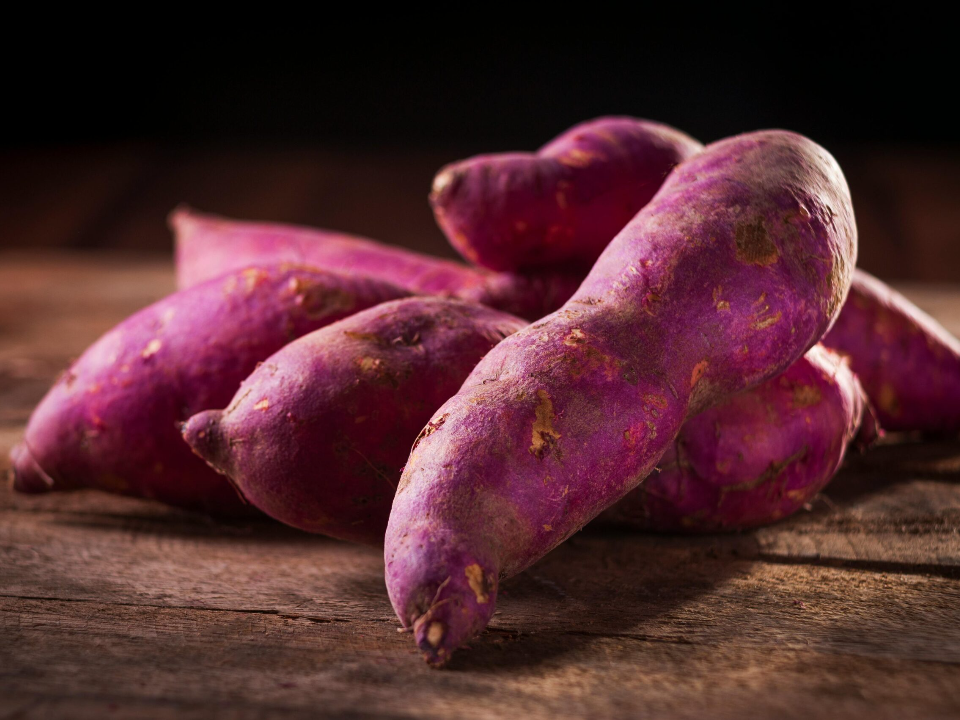
Sweet potatoes are excellent for storing from the fall harvest and can last for months with proper care. They should be cured for about two weeks in a warm, humid environment to allow their skins to toughen. After curing, store them in a cool, dark place at temperatures between 55 and 60 degrees Fahrenheit. A basement or pantry works well for this purpose.
To prevent sweet potatoes from sprouting, store them in a well-ventilated container. Check them regularly for any signs of soft spots or sprouting, as these could indicate that the potatoes are no longer good for storage. When stored properly, sweet potatoes can last up to six months, retaining their sweet flavor and creamy texture.
Squash
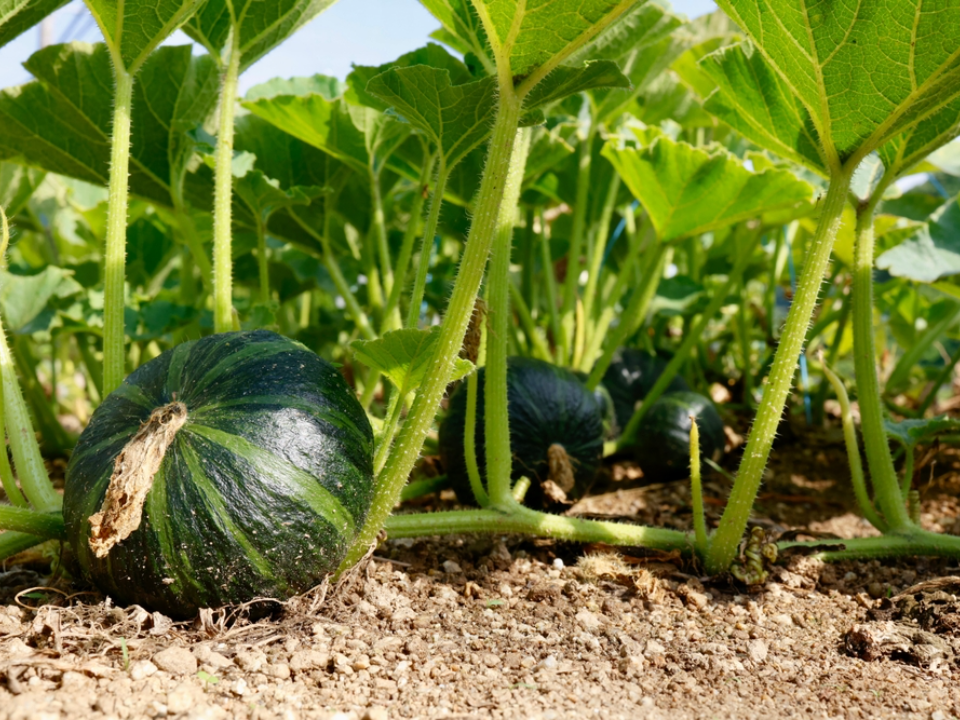
Winter squash, such as butternut and acorn, are ideal for long-term storage. These squashes have tough skins that protect their flesh, keeping them fresh for months after being harvested. Like pumpkins, they should be stored in a cool, dry place with good airflow to prevent any mold or rot from setting in. Avoid placing them in direct sunlight, as this can cause their skins to soften prematurely.
When stored properly, winter squash can last for up to six months, offering versatility in a variety of dishes. They can be roasted, pureed, or added to soups, making them a great fall and winter staple. Regularly inspect your stored squash to ensure that they are free from mold and are not showing signs of softening or damage.
Onions
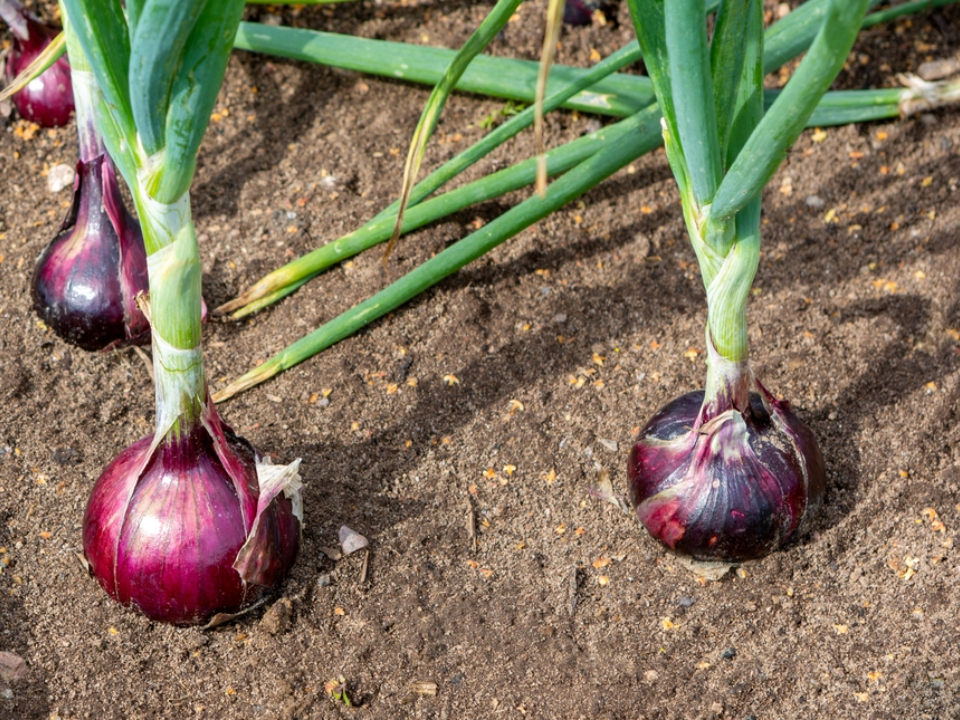
Onions are easy to store and can last for several months when kept in the right conditions. After harvesting, they should be allowed to dry out in a warm, well-ventilated area for a few weeks. Once fully dried, onions should be stored in a cool, dark space, such as a pantry or cellar. Hanging them in mesh bags or braiding their tops together works well for keeping them fresh.
Onions can last anywhere from three to six months when stored properly, with certain varieties like yellow onions being especially resilient. To ensure that they do not spoil prematurely, check them regularly for any soft spots or signs of sprouting. When stored correctly, onions provide a long-lasting addition to your pantry, perfect for cooking throughout the winter months.
Beets
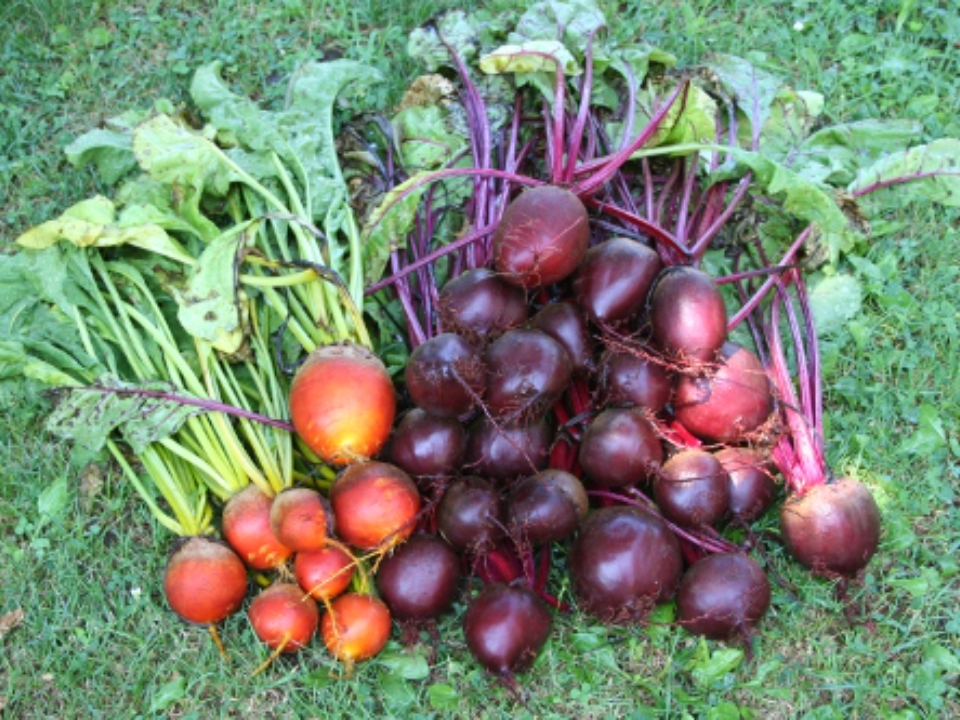
Beets are another root vegetable that stores well after a fall harvest. Once harvested, they should be trimmed of their tops and stored in a cool, dark place with a high humidity level. A root cellar or basement is ideal for maintaining the right conditions for beets. Beets can last for several months, with the root portion staying firm and the flavor remaining intact.
To prolong their freshness, store beets in a container of sand or sawdust to keep them from drying out. Check them periodically for any signs of rot, especially around the root ends. If stored properly, beets will maintain their earthy flavor and can be enjoyed in salads, soups, or roasted dishes long after the harvest season.
Potatoes
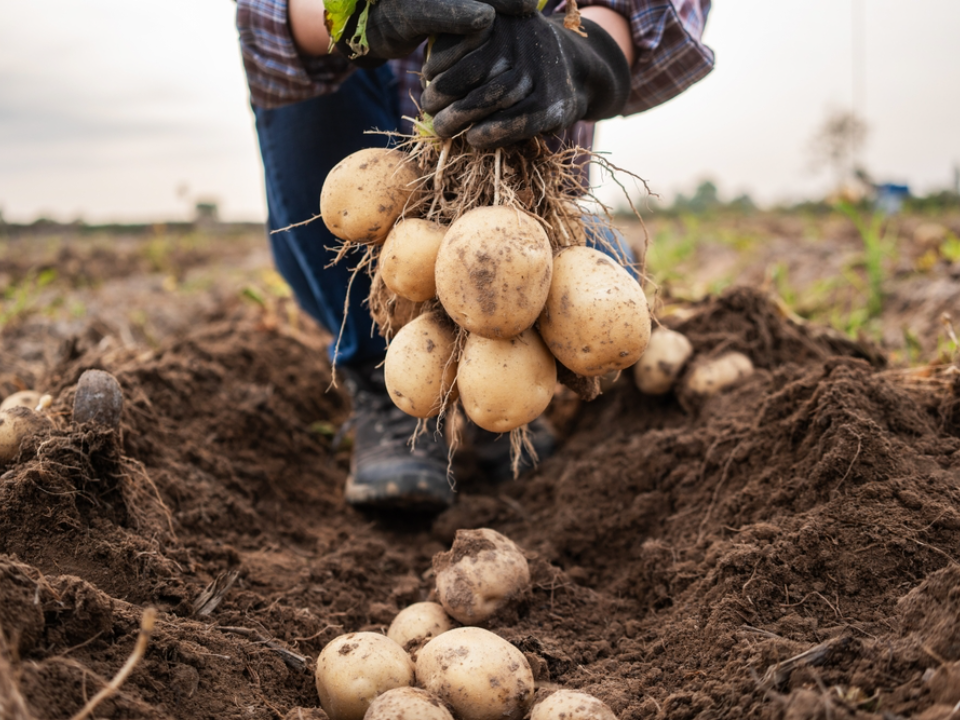
Potatoes are one of the most common vegetables for storage from a fall harvest, thanks to their long shelf life when stored properly. They should be placed in a cool, dark space with temperatures around 40 to 50 degrees Fahrenheit. Avoid storing them in direct sunlight or in the refrigerator, as both can affect their texture and flavor. Instead, keep them in a well-ventilated area, such as a paper bag or a breathable container.
To keep potatoes fresh, check them regularly for sprouting or soft spots. Potatoes stored under ideal conditions can last for several months, making them a great vegetable to stockpile during the fall. Varieties like Russet and Yukon Gold are particularly good for long-term storage and are ideal for everything from mashed potatoes to potato salad.
Pears
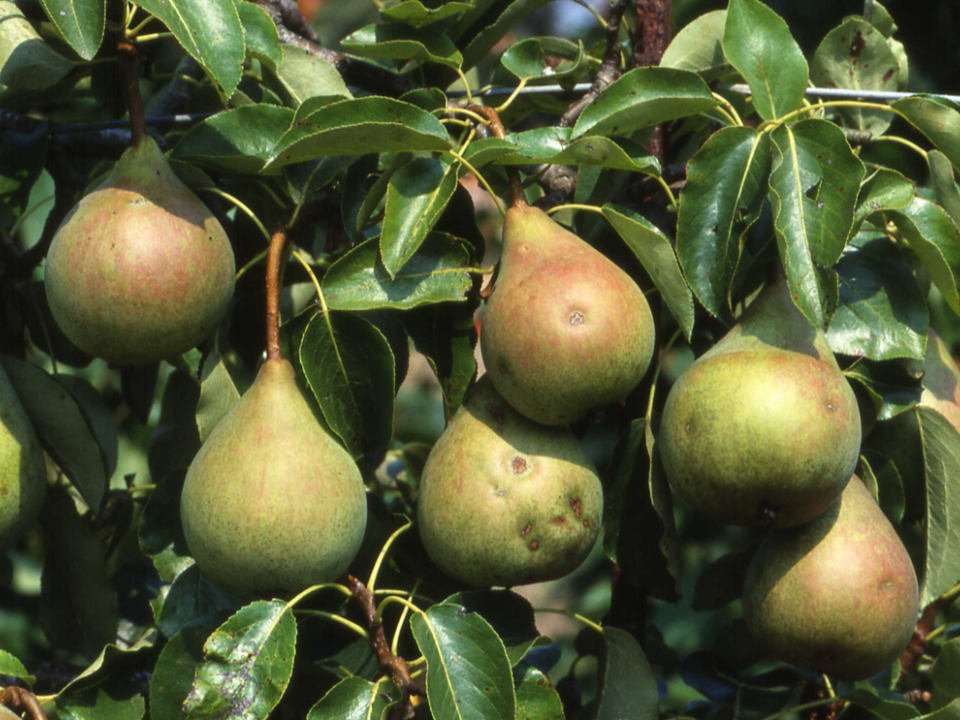
Pears are another fruit that stores well from a fall harvest, although they require a bit more attention than apples. They should be stored in a cool, dark place, similar to apples, but they also need to be allowed to ripen off the tree. If stored in a cool environment, pears can last for up to a month, maintaining their flavor and texture. Once they ripen, they should be eaten or preserved quickly, as they do not last long once fully ripened.
Pears can be stored in a root cellar or cool basement, but they should be checked regularly to ensure that they are not overripe. Varieties such as Bartlett and Anjou are particularly good for storage, as they retain their sweetness and texture for a longer period. These fruits offer versatility, whether used for fresh eating, baking, or canning.
Cabbage
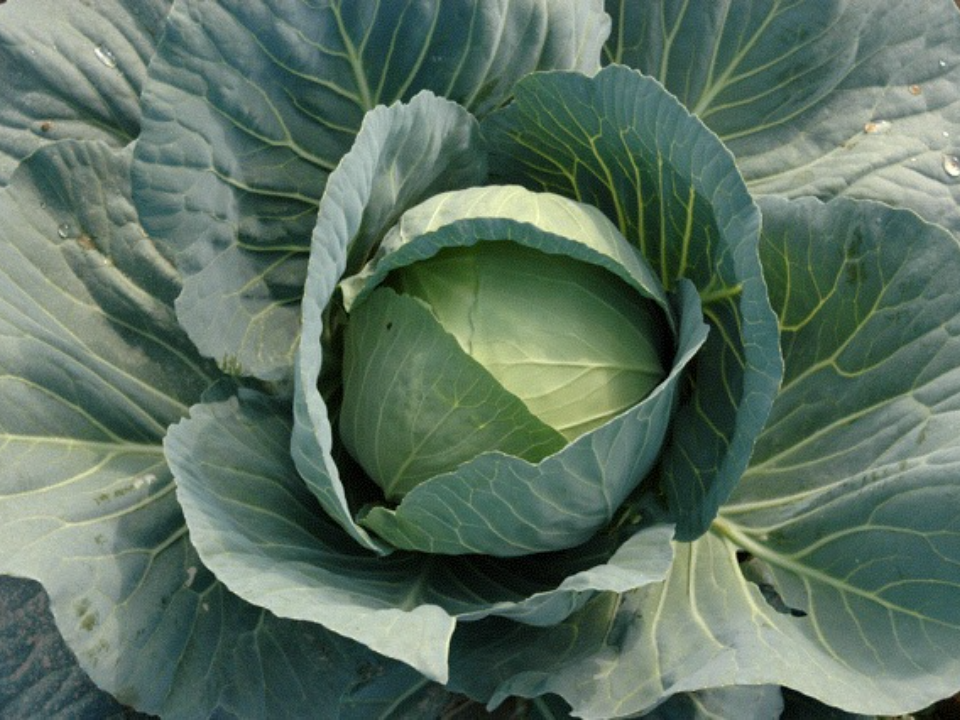
Cabbage is a hardy vegetable that stores well throughout the winter months when properly stored. After harvesting, cabbage heads should be kept in a cool, humid environment to maintain their crispness. A root cellar or basement is perfect for storing cabbage, keeping it fresh for several months. The outer leaves should be removed before storing to prevent any mold or rot from setting in.
When stored correctly, cabbage can last for up to three months, offering a healthy addition to your fall and winter meals. It can be used in soups, salads, and stews, or even fermented into sauerkraut for preservation. Be sure to check cabbage heads regularly for any signs of wilting or decay and remove any damaged leaves to prolong their freshness.
Kale
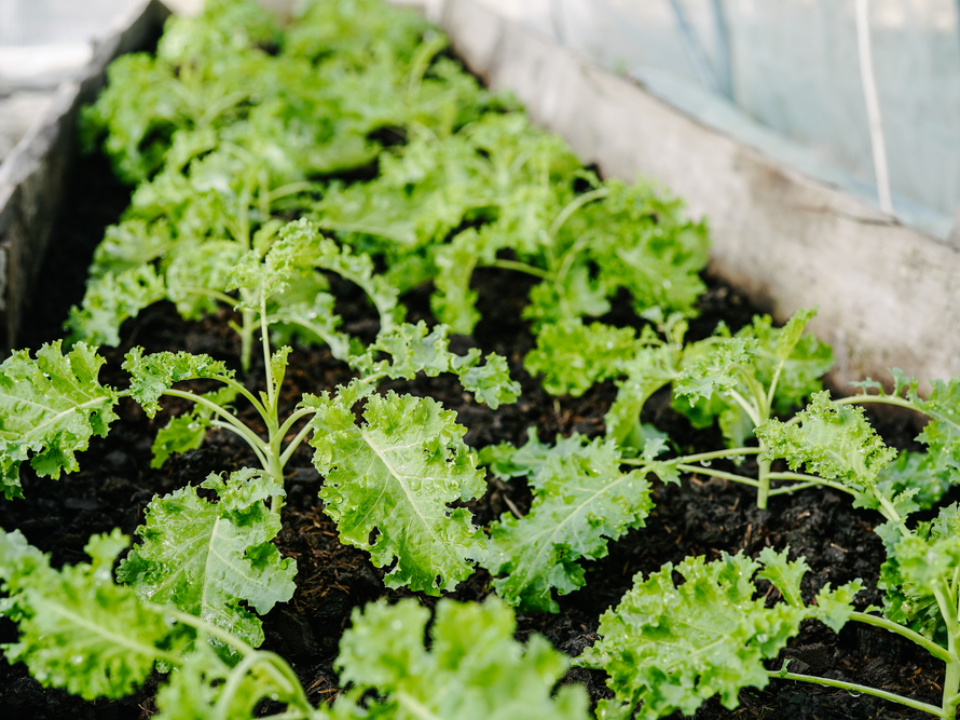
Kale is a hardy green that can survive through the fall and even into the winter months. After harvesting, it should be stored in a cool, moist environment, which helps preserve its nutrients and flavor. Kale can be kept in a root cellar or a cool fridge, wrapped in a damp towel to keep it from drying out. When stored in the fridge, it can last for up to two weeks.
Kale is a great source of vitamins and minerals and can be used in a variety of dishes such as soups, salads, or sautéed. The leaves may become a bit tougher as they age, but they will still provide plenty of flavor and nutrition. Check your stored kale periodically to ensure that it remains fresh and free from any signs of wilting.
Brussels Sprouts
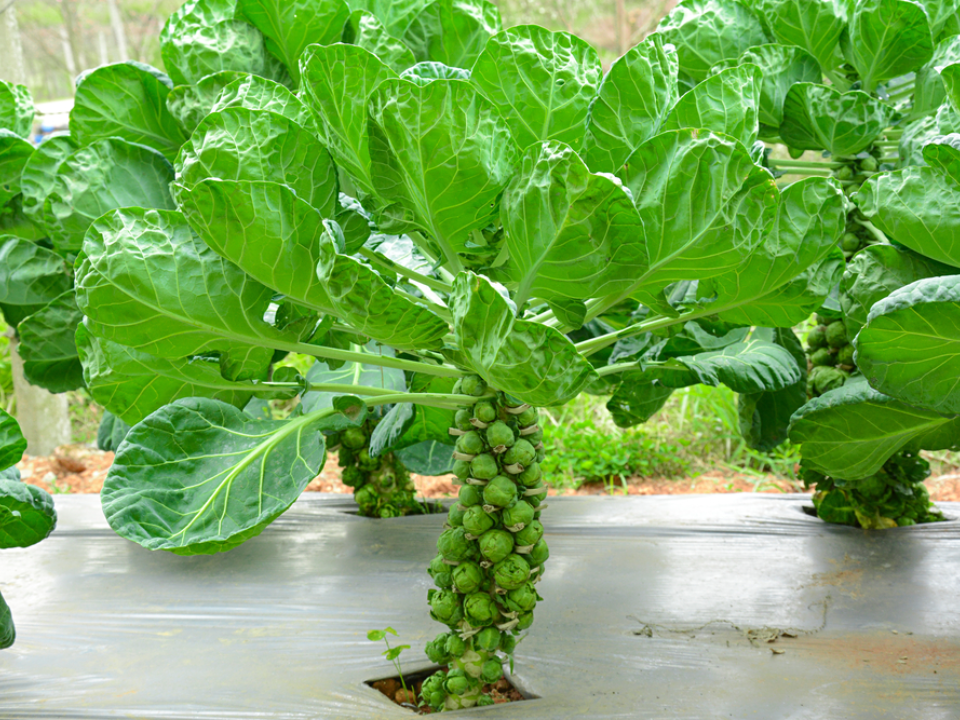
Brussels sprouts are a popular vegetable that thrives in cooler temperatures and can be harvested in the fall. They should be stored in a cool, humid environment, which will help maintain their firmness and flavor. Brussels sprouts can be kept in the fridge for up to two weeks, or they can be frozen for longer-term storage. If freezing, it is best to blanch them first to preserve their texture and taste.
Regularly check Brussels sprouts for any yellowing leaves or signs of mold, and remove any damaged sprouts to prevent them from affecting the rest. When stored properly, Brussels sprouts offer a delicious addition to roasted vegetable mixes or even as a side dish, remaining fresh well into the colder months.
Rutabagas
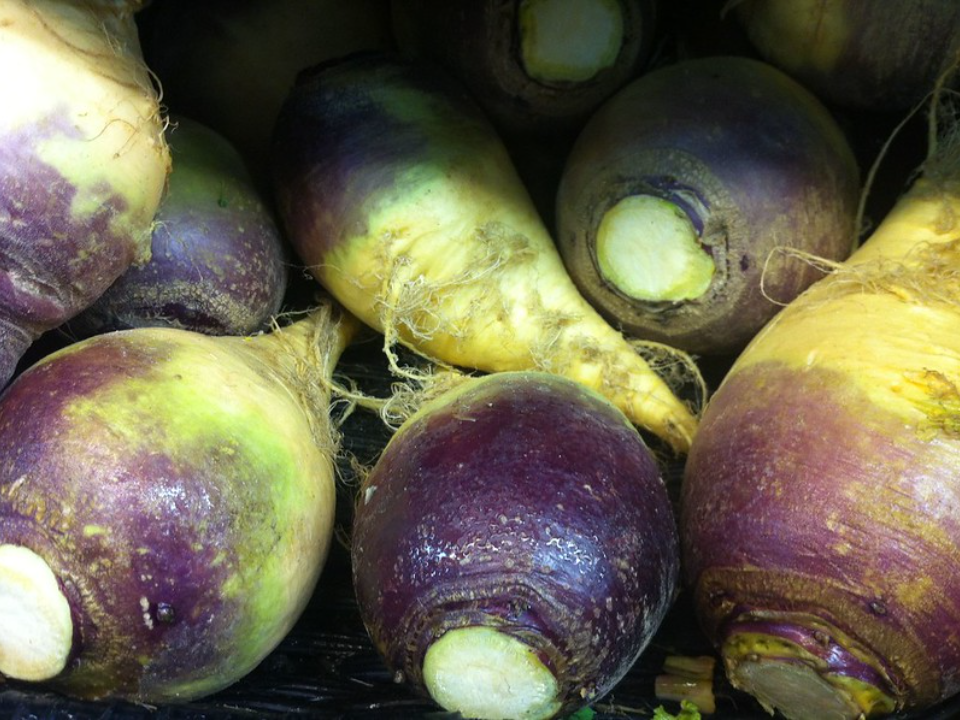
Rutabagas are a hardy root vegetable that stores well from a fall harvest. Once harvested, they should be stored in a cool, dark, and humid place, such as a root cellar. This will help preserve their texture and prevent them from drying out or becoming soft. Rutabagas can be stored for several months when kept at the right temperature, making them a perfect addition to fall and winter meals.
To ensure the best storage, rutabagas should be kept in a container that allows air circulation. Check them periodically for any soft spots or signs of decay, and remove any that show damage to prevent spreading. Rutabagas can be roasted, mashed, or added to stews, offering a hearty, nutritious vegetable option for many dishes throughout the colder months.
Turnips
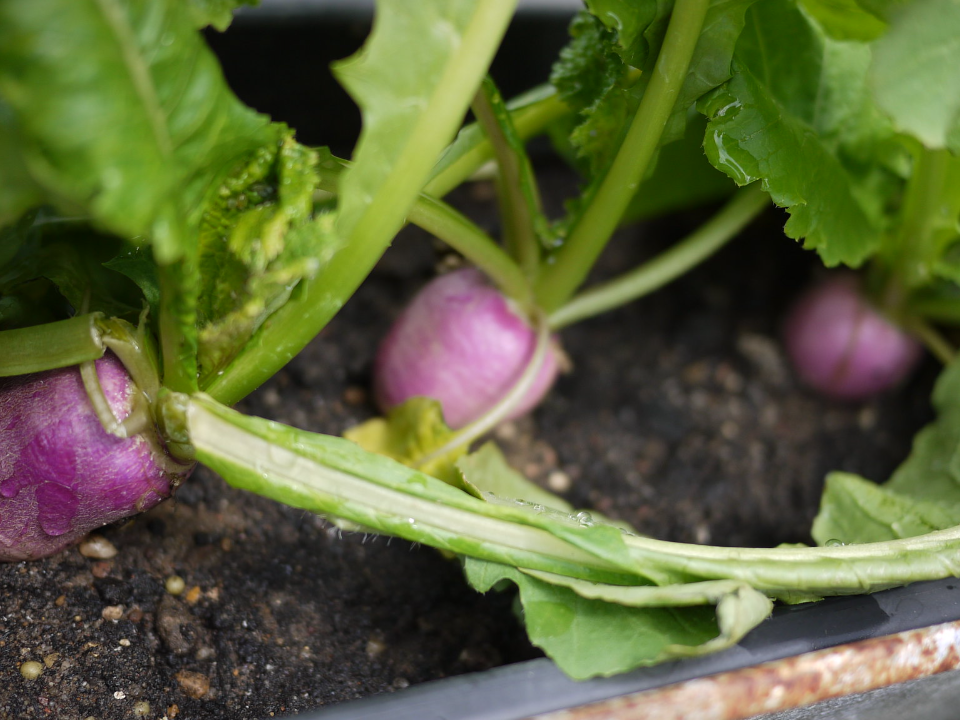
Turnips, like rutabagas, are another root vegetable that can store well through the fall and winter. After harvesting, turnips should be placed in a cool, dark, and humid environment to prevent them from drying out. A root cellar or cool basement is perfect for storing turnips, allowing them to maintain their firmness and flavor for several months.
It is important to remove the turnip greens before storing, as the leaves can draw moisture from the root, causing it to soften prematurely. Turnips stored correctly can last for up to three months, offering a versatile addition to your fall harvest. They can be roasted, mashed, or used in soups, providing a mild, slightly sweet flavor that complements a wide variety of dishes.
Leeks
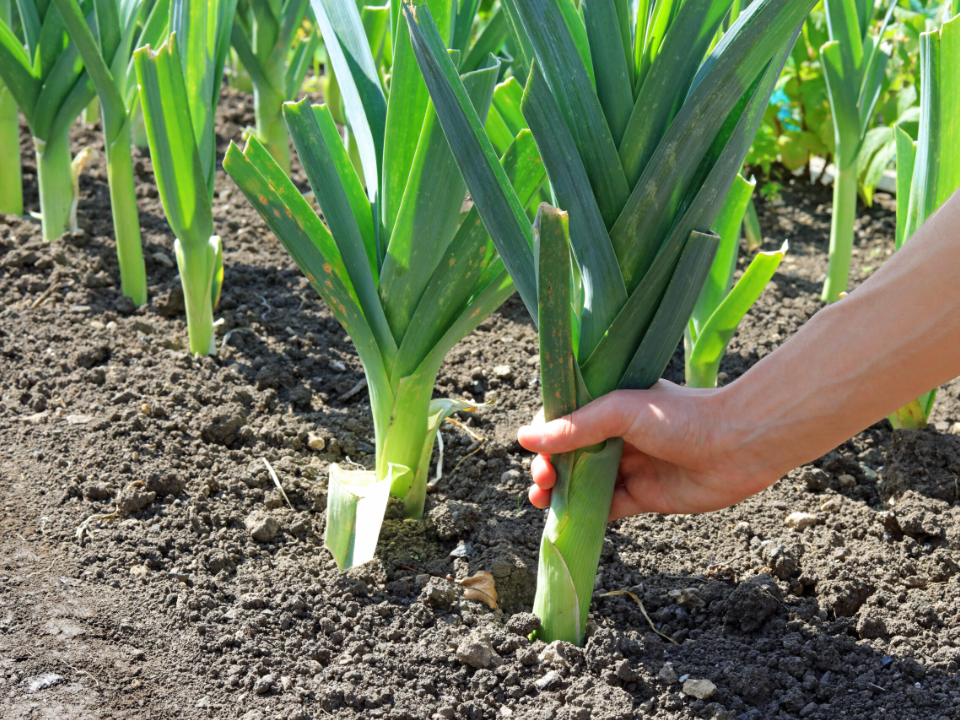
Leeks are a hardy vegetable that stores well in cool conditions, making them perfect for a fall harvest. After harvesting, leeks should be cleaned and stored in a cool, dark place to prevent decay. They can last for several months when kept in a root cellar or cool basement. If stored in a humid environment, they will retain their crispness and flavor for longer periods.
To store leeks, place them in a container with some air circulation, such as a perforated plastic bag or basket. Regularly check them for signs of wilting or rot, and remove any damaged leeks to prevent them from affecting the rest. Leeks add a mild onion flavor to soups, stews, and roasted dishes, making them a great addition to your winter meals.
Parsnips
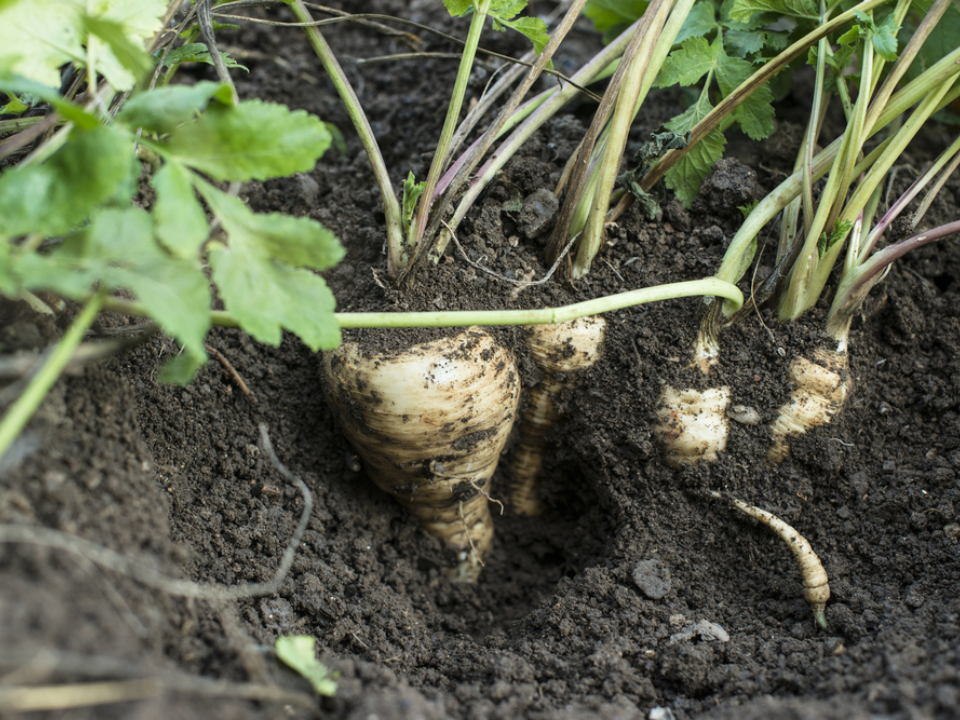
Parsnips are a root vegetable that thrives in cool weather and stores well after the fall harvest. They should be stored in a cool, dark, and humid environment, such as a root cellar or cool basement. Like carrots, parsnips should be trimmed of their tops before storage to prevent the roots from drying out. Stored under ideal conditions, they can last for several months.
Parsnips can be used in a variety of dishes, from soups and stews to roasted vegetable mixes. Their sweet, nutty flavor improves with time, making them a great addition to winter meals. Regularly check for any signs of softness or sprouting and remove any damaged parsnips to ensure that the rest stay fresh.
This article originally appeared on Avocadu.
